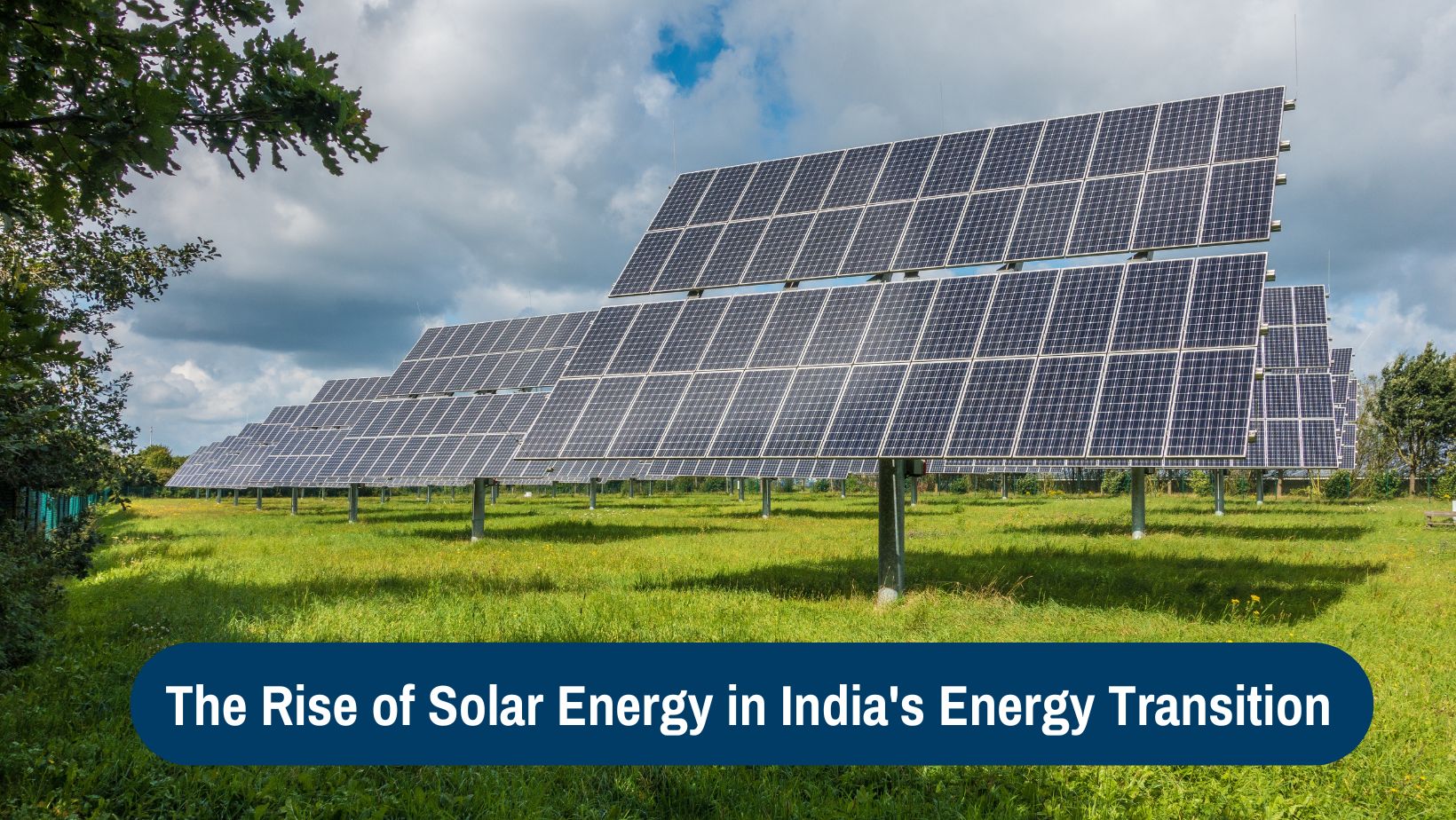
The Rise of Solar Energy in India’s Energy Transition
In the quest for a sustainable and cleaner energy future, solar energy has emerged as a shining star, offering a beacon of hope in the global push towards renewable sources. India, a nation with a burgeoning energy demand, has been at the forefront of adopting solar power as a key player in its energy transition strategy. This article delves into the significance of utility-scale renewable energy projects and the transformative impact of solar power initiatives in India.
Utility-Scale Renewable Energy Projects
Utility-scale renewable energy projects play a pivotal role in the sustainable development of nations. These projects involve the large-scale production of electricity from renewable sources, with solar energy taking center stage in many instances. The term “utility-scale” signifies the capacity of these projects to generate power on a scale significant enough to meet the energy demands of utilities and the wider community.
In recent years, India has witnessed a remarkable surge in utility-scale solar power projects. These initiatives involve the installation of solar panels over vast expanses of land, harnessing the sun’s energy to generate electricity. The scale of these projects allows for efficient energy production, making them a key component in the transition towards a greener and more sustainable energy landscape.
Energy Transition in India
India’s energy transition is a multifaceted journey aimed at reducing the nation’s dependence on conventional fossil fuels while increasing the share of renewable energy sources in its energy mix. Solar power has emerged as a frontrunner in this transition, driven by the government’s ambitious targets and supportive policies.
The Indian government’s commitment to the Paris Agreement has led to the implementation of various initiatives to boost solar energy adoption. The National Solar Mission, launched in 2010, set an ambitious target of achieving 100 GW of solar power capacity by 2022. Although the country fell short of this goal, it made significant strides in expanding its solar energy infrastructure.
Solar Power Projects: A Catalyst for Change
Solar power projects are instrumental in catalyzing India’s energy transition. The installation of solar panels not only contributes to reducing greenhouse gas emissions but also addresses the growing energy demand. The decentralized nature of solar energy empowers communities to become self-sufficient in their energy needs.
One notable example is the Bhadla Solar Park in Rajasthan, one of the largest solar parks in the world. With a capacity of over 2,245 MW, the Bhadla Solar Park exemplifies the scale and impact of utility-scale solar projects. Such initiatives not only contribute to India’s renewable energy capacity but also position the country as a global leader in the solar energy sector.
Challenges and Opportunities
While India has made significant strides in solar energy adoption, challenges persist. Intermittency and variability of solar power, along with storage concerns, remain key challenges that need innovative solutions. Additionally, the financial viability of large-scale solar projects and the need for grid infrastructure upgrades pose hurdles.
However, these challenges also present opportunities for technological advancements and policy innovations. Advancements in energy storage technologies, coupled with smart grid solutions, can mitigate the intermittency issues associated with solar power. Moreover, continued government support and private sector investments can drive the scalability and sustainability of solar energy projects.
Conclusion
As India continues its journey towards a sustainable energy future, solar power projects are positioned as game-changers in the country’s energy transition. The emphasis on utility-scale renewable energy projects, driven by ambitious government targets and supportive policies, underscores the importance of solar energy in meeting the nation’s growing energy demands.
The success of solar power projects not only contributes to reducing carbon emissions but also fosters energy security and economic growth. The evolution of India’s energy landscape through solar energy signifies a commitment to a cleaner, greener, and more sustainable future. With ongoing advancements and collaborative efforts, solar power is set to play a central role in shaping the energy trajectory of the nation and the world.


